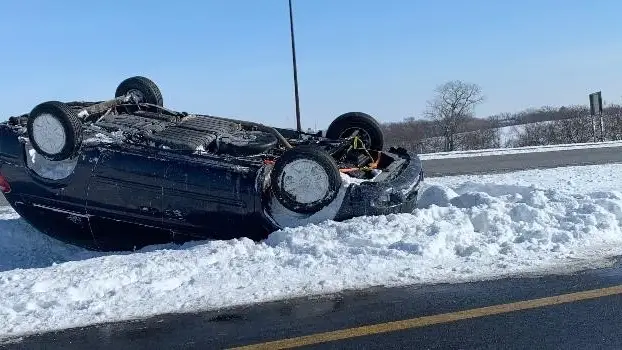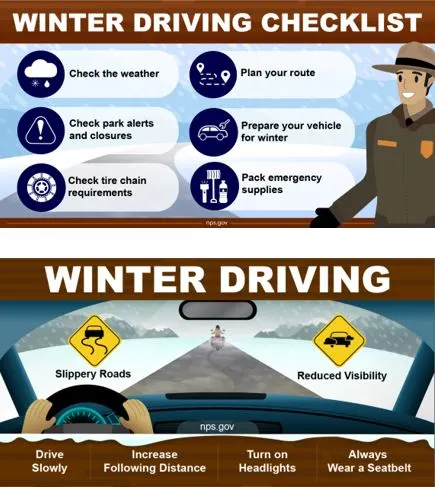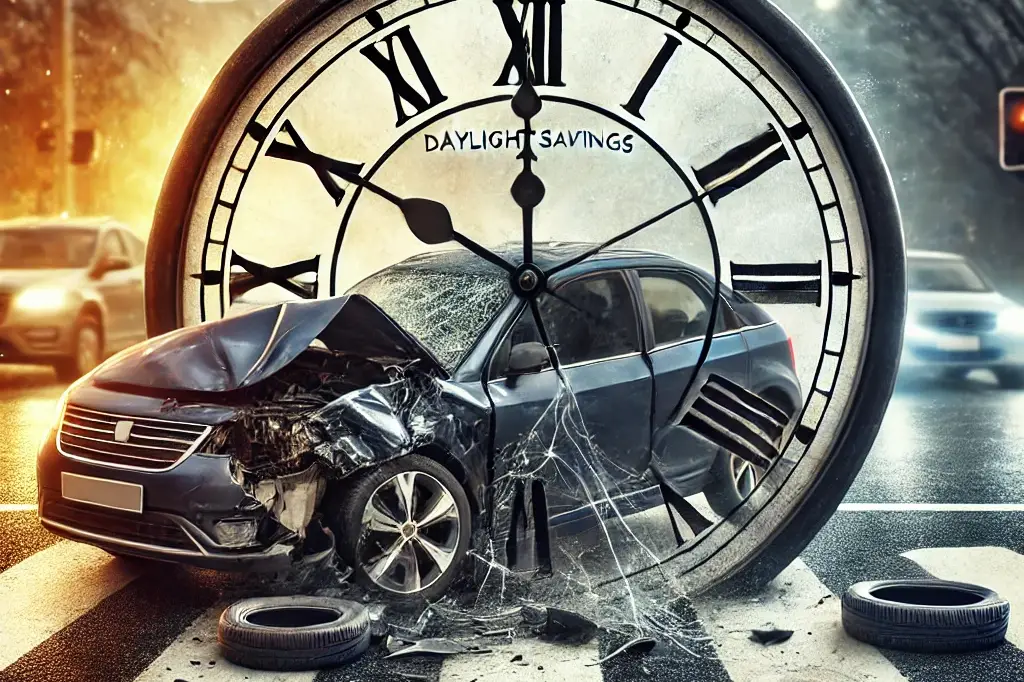Driving in snow and icy conditions can be stressful, especially in areas like Denver, Arvada, and Wheat Ridge, CO, where winter weather is unpredictable. Slippery roads, reduced visibility, and unexpected vehicle behavior (like fishtailing) can make even a short drive risky. Whether you’re commuting to work or heading to the mountains for a ski trip, understanding how to drive safely in snow is essential.
In this guide, we’ll cover practical tips for navigating winter roads, what to do if you’re in an accident, how to handle fishtailing, and why seeing a chiropractor is important after even a minor crash.
Table of Contents
ToggleWinter Driving Tips: Safe Driving in Snow and Ice
- Slow Down & Increase Following Distance
Snow and ice reduce traction, making it harder to stop. Drive slower than usual and keep at least five to six seconds of following distance between you and the car ahead. - Brake Gently & Avoid Sudden Movements
Hard braking and abrupt turns can cause skidding. Instead, apply brakes gently and steer smoothly. - Use Low Gears & Avoid Cruise Control
Lower gears provide better control on slippery surfaces, especially when driving downhill. Avoid cruise control, as it can make it harder to react quickly to changes in traction. - Keep Your Headlights On
Even in daylight, keeping headlights on improves visibility and helps other drivers see you. Use low beams in heavy snowfall to avoid glare. - Clear Snow & Ice Off Your Vehicle
Before driving, remove all snow and ice from your windshield, windows, roof, and headlights. Snow flying off your car can be dangerous for others. - Check Your Tires
Ensure your tires have adequate tread depth (at least 1/8 inches for snow) and proper inflation. If you frequently drive in winter conditions, consider snow tires for added traction. - Pack an Emergency Kit
Include items like a blanket, flashlight, extra gloves, a first-aid kit, jumper cables, sand or cat litter for traction, and non-perishable snacks. - Watch for Black Ice
Shaded areas, bridges, and overpasses freeze first. Drive cautiously, and avoid sudden braking or accelerating on icy patches.
What to Do When Your Car Starts Fishtailing While Driving in Snow
Fishtailing happens when your rear wheels lose traction, causing your vehicle to slide sideways. Here’s how to correct it safely:
- Stay Calm & Take Your Foot Off the Gas
Avoid slamming the brakes, as that can make things worse. - Turn Into the Slide
If your rear end slides left, gently steer left to realign your car with the road. If it slides right, steer right. - Avoid Overcorrecting
Turn just enough to regain control. Oversteering can send your car into a spin. - Look Where You Want to Go
Your car will follow your line of sight, so focus on where you need to be rather than what you’re trying to avoid. - Regain Control & Continue Cautiously
Once your vehicle stabilizes, continue driving at a reduced speed. If the roads are too slippery, consider pulling over until conditions improve.
 What to Do If You’re in an Accident
What to Do If You’re in an Accident
Even the most careful drivers can find themselves in a winter car accident. If this happens:
- Check for Injuries
If you or anyone else is injured, call 911 immediately. - Move to a Safe Location
If possible, move your car out of traffic to avoid further accidents. Turn on your hazard lights. - Call the Police
Even for minor accidents, having a police report can help with insurance claims and potential injury documentation. - Document the Scene
Take photos of the damage, road conditions, and any relevant traffic signs. Exchange contact and insurance information with other drivers. - Seek Medical Attention, Even If You Feel Fine
Many injuries from car accidents, especially whiplash, don’t show symptoms immediately. A chiropractor can assess hidden injuries before they worsen.
Why You Should See a Chiropractor After an Accident Driving in Snow – Even a Low-Speed One
Many people assume that if they feel okay after a fender-bender, they don’t need medical attention. However, low-speed accidents (under 10 mph) can still cause serious injuries, particularly to the neck and spine.
Common injuries from minor accidents include:
- Whiplash – Sudden impact can force the neck beyond its normal range of motion, leading to pain, stiffness, and headaches.
- Cervical Strain & Sprain – Soft tissue injuries can result in lingering discomfort and reduced mobility.
- Spinal Misalignment – Even a small impact can shift the vertebrae, leading to long-term back or neck pain.
- Concussion Symptoms – Headaches, dizziness, and memory issues can appear days after an accident.
At Integrative Health and Rehabilitation, we specialize in treating auto accident injuries with:
- Chiropractic Adjustments – Restore spinal alignment and relieve nerve pressure.
- Acupuncture & Dry Needling – Reduce inflammation and promote healing.
- Cold Laser Therapy – Speeds up tissue repair and reduces pain.
If you’ve been in an accident—even if it was minor—schedule an evaluation to prevent potential chronic pain or mobility issues. Click here to book an appointment.
EVERYONE in Denver Must Learn Safe Driving in Snow!
Winter driving in Denver, Arvada, and Wheat Ridge can be challenging, but with the right precautions, you can stay safe on the road. If you do experience an accident, don’t ignore potential injuries—early treatment can prevent long-term pain and complications. Schedule a FREE consultation for a post-accident assessment and personalized care.
Clinic Director, Chiropractor
Integrative Health and Rehabilitation
Denver, CO
Dr. James Doran brings over 25 years of experience in chiropractic and integrative care. He specializes in treating the root causes of back pain, neck pain, and headaches using evidence-based methods such as chiropractic adjustments, acupuncture, dry needling, low-level laser therapy, and bioidentical hormone replacement. With a background in human nutrition and a commitment to whole-person wellness, Dr. Doran’s office is conveniently located for patients in Denver, Arvada, and Wheat Ridge achieve long-lasting relief.

Ready for an expert opinion? Get in touch today!
With a legacy of more than 25 years, our team specializes in helping individuals triumph over back pain, neck discomfort, and persistent headaches, all without relying on addictive medications or risky surgical procedures.







